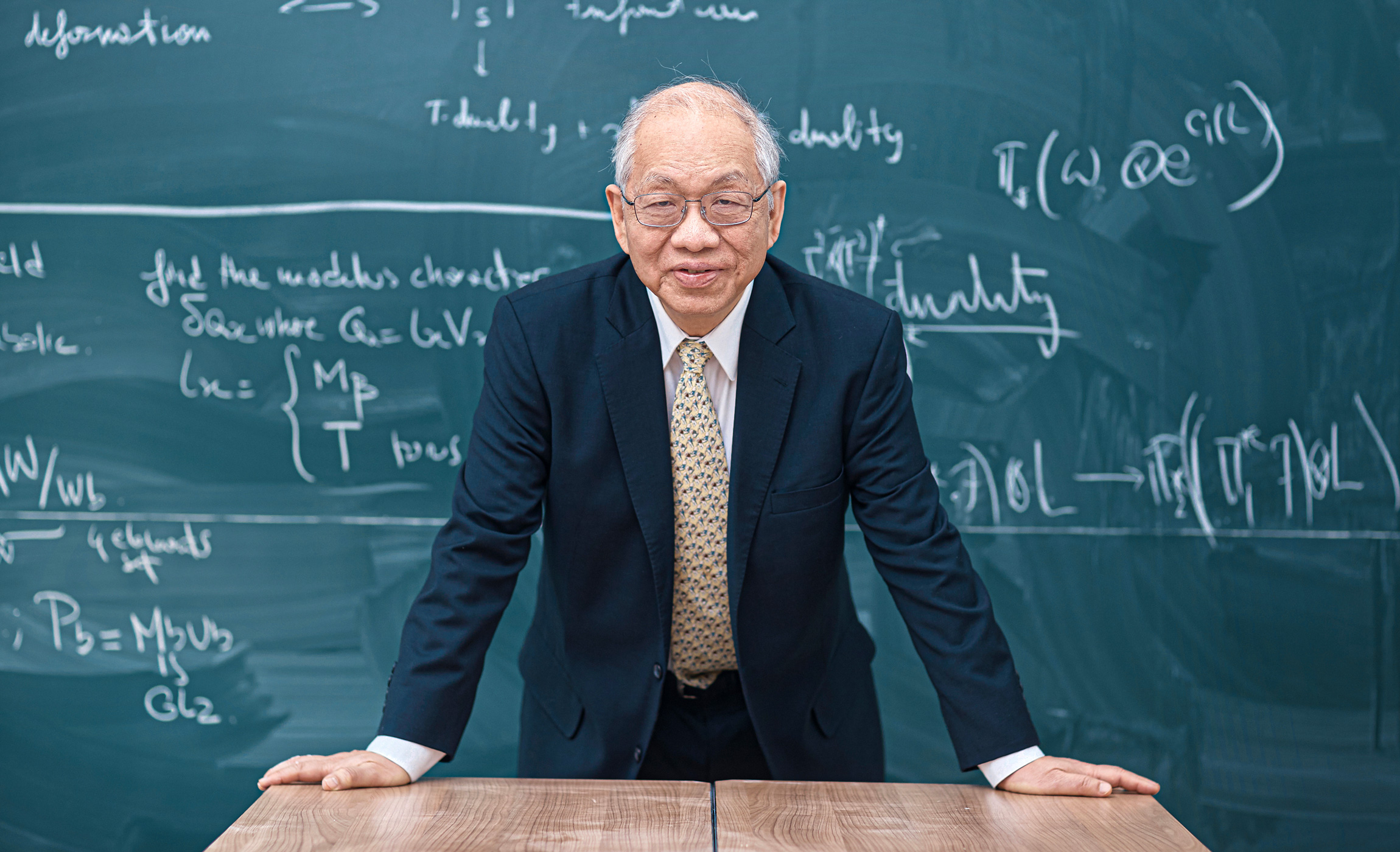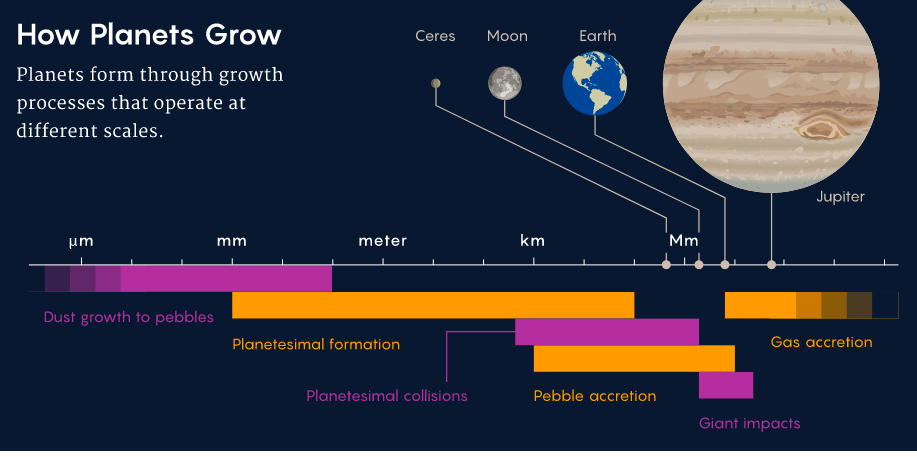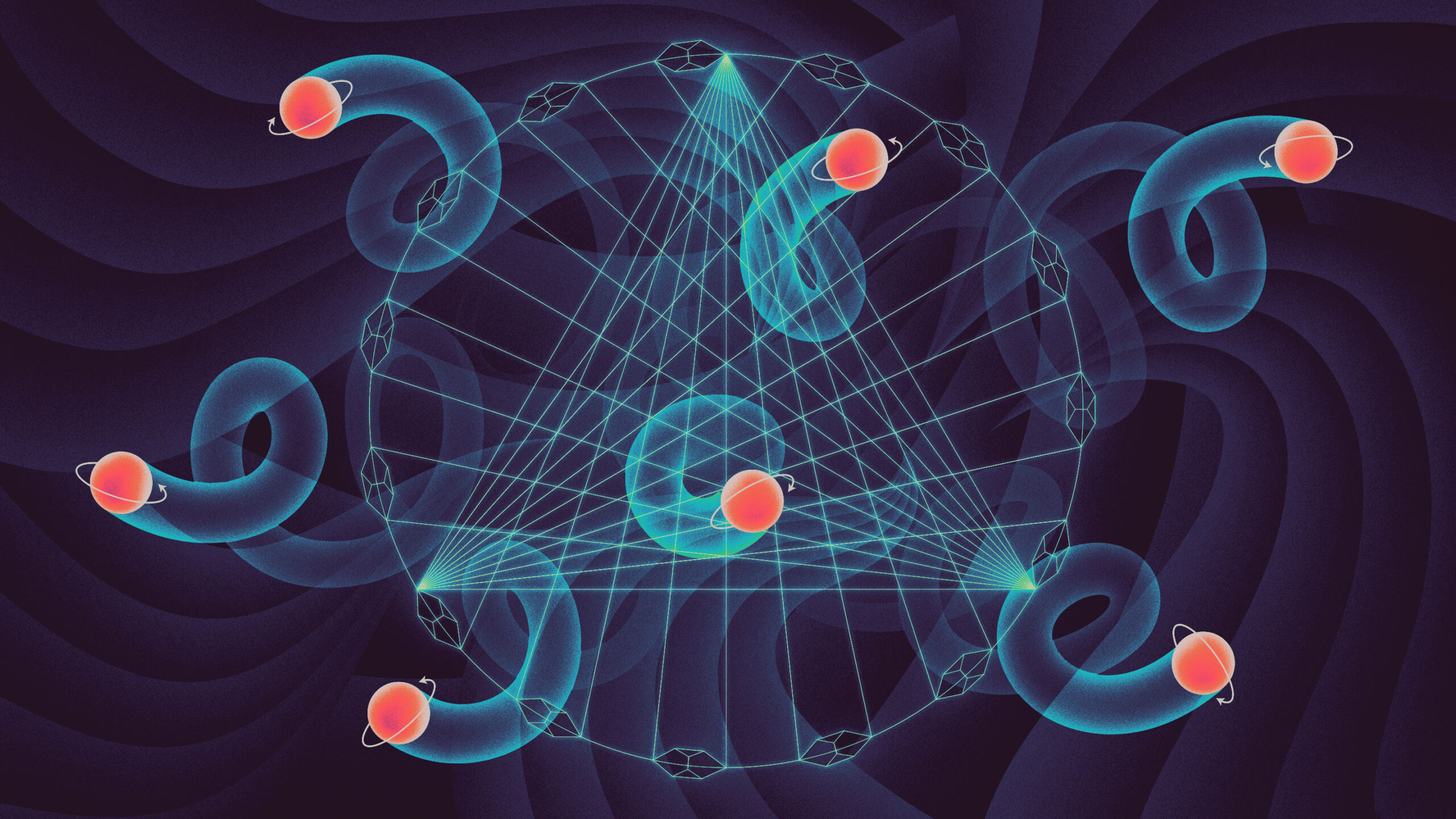

Mass and Angular Momentum, Left Ambiguous by Einstein, Get Defined
Posted on Monday, 28 July, 2025
• By neusler
Surprising as it may sound, 107 years after the introduction of general relativity, the meanings of basic concepts are still being worked out.

More than a century after Albert Einstein unveiled general relativity, his epic theory of gravity has passed every experimental test to which it has been subjected. General relativity has transformed our understanding of gravity, depicting it not as an attractive force between massive objects, as had long been held, but rather as a consequence of the way space and time curve in the presence of mass and energy. The theory has achieved stunning triumphs — from the confirmation in 1919 that light bends in the sun’s gravitational field to 2019 observations that revealed the silhouette of a black hole. It might be surprising to hear, then, that general relativity is still a work in progress.
Some of the difficulties stem from a feedback loop that is built into general relativity. Matter and energy curve the space-time continuum, but this curvature becomes a source of energy itself, which can cause additional curvature — a phenomenon sometimes referred to as the “gravity of gravity.” And there is no way to separate an object’s intrinsic mass from the extra energy that comes from this nonlinear effect. Moreover, one cannot define momentum or angular momentum without first having a firm grip on mass.

The search for a more versatile definition continued. In a lecture at Princeton University in 1979, the British mathematical physicist Roger Penrose, another pioneer of black hole physics, identified the task of characterizing quasilocal mass — “where one does not need to go ‘all the way to infinity’ in order for the concept to be meaningfully defined” — as the number-one unsolved problem in general relativity. A definition of quasilocal angular momentum ranked second on Penrose’s list.
The physicist Robert Wald, a general relativity specialist at the University of Chicago, shares Flanagan’s viewpoint to some extent, saying that supertranslations are more of an “inconvenience” than an actual problem. Nevertheless, he has reviewed the Chen, Wang, Wang and Yau paper carefully and concludes that the proof holds up well. “It really is resolving the supertranslation ambiguity,” Wald said, adding, “In general relativity, when you have all these alternative definitions to choose from,” it is nice to have a “unique choice” to pick out.
Comments
info: your comment will be sent to the site admin for moderation
Smarter, faster on what matters.
- About us
- Advertise with us
- Careers
- Contact us
- Newsletters
- Poscast advertising
- Cookie Settings
neusler
© 2023 NEUSLER, a neumeral technologies company. All rights reserved.
KOCHI, INDIA
Follow us




